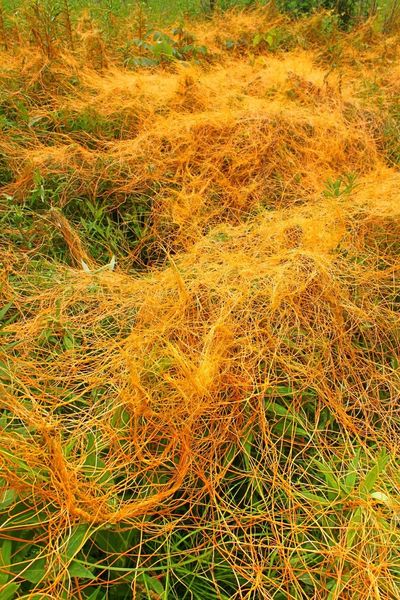What are Holoparasitic Plants?
Spending time in the garden means getting better acquainted with some of the more lowly denizens contained therein. You learn which plants are weeds, which ones are useful groundcover and, if you’re lucky, which ones are holoparasitic plants. With anything in life, the plant kingdom contains a small segment (about 4,400 species) of flowering plants that don’t produce any or all of their own food. This holoparasitic information will help you better recognize them when wandering the garden path. Holoparasitic plants in the garden may be some of the least obvious occupants, but they can have a big impact. These plants are wholly dependent on host plants to survive, tapping into their xylem and phloem, gaining access to water, minerals, and other organic products. Holoparasitic plants don’t photosynthesize, but they do flower and often feature leaves that have reduced to scales and succulent stems. Parasitic plants like these attach to their host using a specialized structure called the haustorium, which is always a vital structure in holoparasites. Holoparasitic plants in gardens can either act strictly as parasites, stealing nutrients and giving nothing in return, but also not seriously injuring their hosts, or they can behave as pathogens. Plant family Hydnoraceae, for example, often coexist with their plant hosts. Other holoparasites, like dodder, will attach to and kill a wide range of host plants – in this way behaving both as a parasite and a pathogen. These two types of holoparasitic plants tend to create a pretty simplistic picture, since, in reality, some strictly parasitic plants can accidentally kill their hosts, and some pathogenic plants can be resisted by genetically strong hosts. Other types of holoparasitic plants include:
Toothwort Broomrape Beechdrop Squawroot
Holoparasitic Plants vs. Carnivorous Plants
Although it might seem like holoparasitic plants and carnivorous plants have a great deal in common, they’re really very different creatures. Where holoparasitic plants attach themselves to other plants, often without even bothering to produce roots or leaves, carnivorous plants both root in their environments and produce small and often waxy leaves for photosynthesis. Holoparasites produce none of their own food. Carnivorous plants, on the other hand, produce all of their own food, but live in nutrient-poor environments and, as such, must get some of their most vital building blocks by dissolving animals that have been lured and captured using various traps. In a way, holoparasitic plants and carnivorous plants are complete opposites. They both thrive in areas where many plants would struggle, but how they do it is entirely different. Holoparasites work only hard enough to find a host; carnivorous plants work every day to bait and trap unsuspecting insects and small animals.
